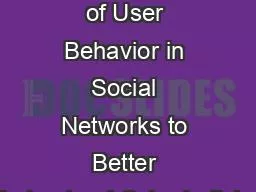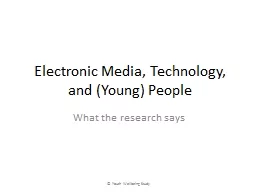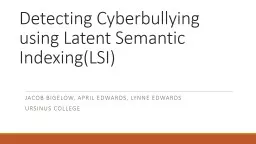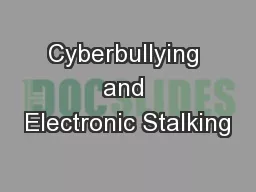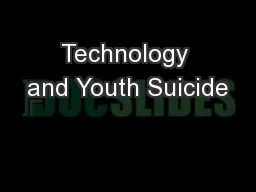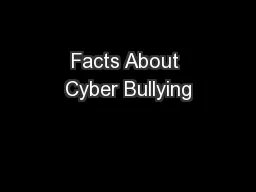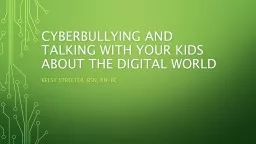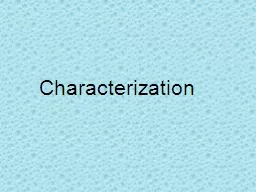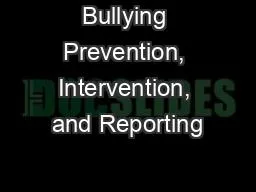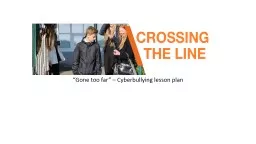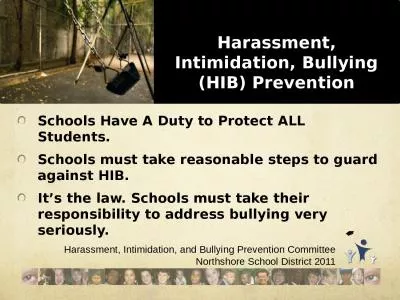PPT-Characterization of User Behavior in Social Networks to Better Understand Cyberbullying
Author : slygrat | Published Date : 2020-08-28
Homa Hosseinmardi Department of Computer Science University of Colorado at Boulder motivation Cyberbullying means posting mean negative and hurtful comments
Presentation Embed Code
Download Presentation
Download Presentation The PPT/PDF document "Characterization of User Behavior in Soc..." is the property of its rightful owner. Permission is granted to download and print the materials on this website for personal, non-commercial use only, and to display it on your personal computer provided you do not modify the materials and that you retain all copyright notices contained in the materials. By downloading content from our website, you accept the terms of this agreement.
Characterization of User Behavior in Social Networks to Better Understand Cyberbullying: Transcript
Download Rules Of Document
"Characterization of User Behavior in Social Networks to Better Understand Cyberbullying"The content belongs to its owner. You may download and print it for personal use, without modification, and keep all copyright notices. By downloading, you agree to these terms.
Related Documents

